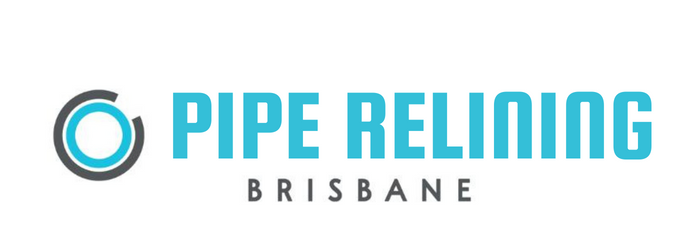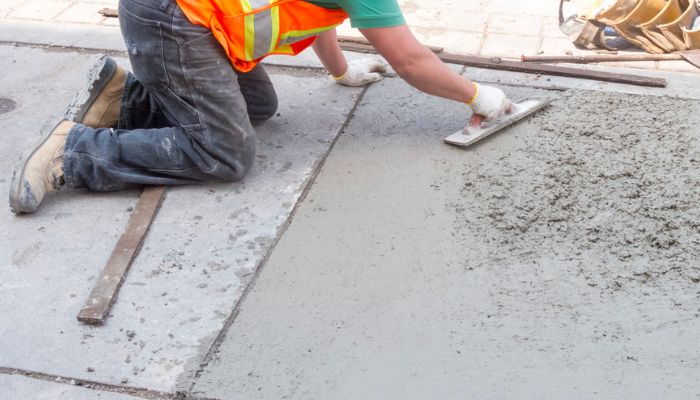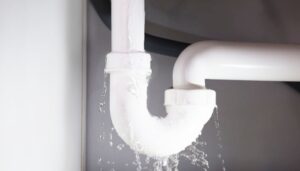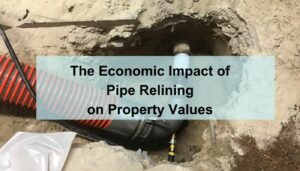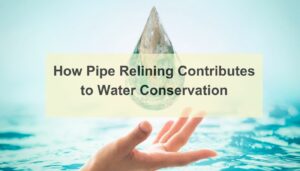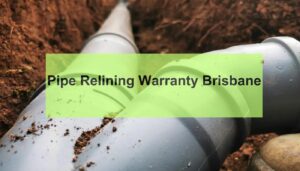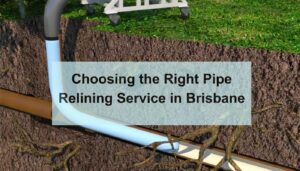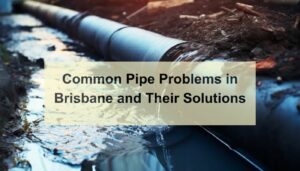In the intricate world of building maintenance, the integrity of plumbing systems and concrete structures plays a pivotal role in ensuring the longevity and safety of our living and working environments. Among the myriad of preventive measures, pipe relining, and concrete maintenance stand out as critical, yet often overlooked, components. This first part of our two-part series delves into how these two processes work in tandem to avert potential plumbing disasters, safeguarding our buildings from the ground up.
Understanding the Basics
Before we explore the synergy between pipe relining and concrete maintenance, let’s break down the basics of each process.
Pipe Relining: A Modern Solution to Pipe Repair
Pipe relining is a trenchless rehabilitation method used to repair damaged pipes by curing them from the inside using a special resin. This technique is revolutionary because it minimizes the need for excavation, reducing the repair time, cost, and disruption to the surrounding area. The process involves inserting a resin-saturated liner into the damaged pipe, which is then inflated to adhere to the pipe’s interior walls. Once cured, the liner forms a new, seamless pipe within the old one, effectively repairing any damage and improving the flow.
Concrete Maintenance: Ensuring Structural Integrity
Concrete maintenance involves the regular inspection and repair of concrete structures to prevent deterioration due to weathering, chemical exposure, or physical wear and tear. This can include sealing cracks, waterproofing surfaces, and reinforcing weakened areas. Proper maintenance is crucial for extending the lifespan of concrete structures, preventing water ingress, and maintaining their structural integrity.
The Interconnection: Where Pipe Relining Meets Concrete Maintenance
The relationship between pipe relining and concrete maintenance is symbiotic, with each process complementing the other to enhance the overall durability and functionality of building structures.
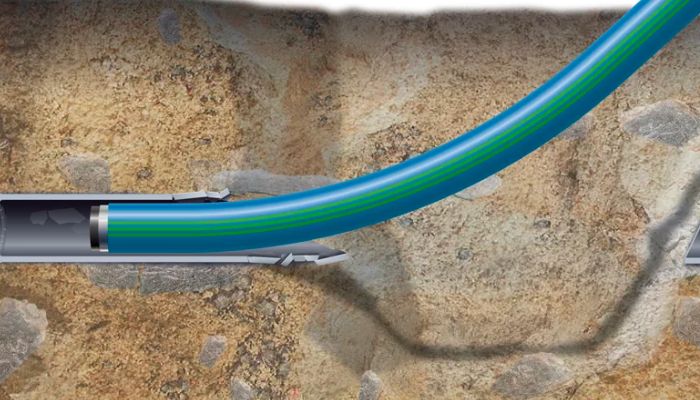
Preventing Water Damage and Structural Deterioration
One of the primary connections between pipe relining and concrete maintenance lies in their mutual goal of preventing water damage. Leaking pipes within or beneath concrete structures can lead to significant water ingress, causing the concrete to weaken and deteriorate over time. By addressing pipe leaks through relining, we can prevent water from compromising the concrete, thereby averting potential structural failures.
Cost-Effective and Minimally Invasive Solutions
Both pipe relining and concrete maintenance offer cost-effective and minimally invasive solutions to potentially severe problems. Traditional methods of repairing pipes and concrete often involve extensive excavation and demolition, which can be time-consuming, disruptive, and expensive. Pipe relining, with its trenchless technology, and modern concrete repair techniques, such as epoxy injection and carbon fiber reinforcement, provide alternatives that preserve the existing structure while extending its lifespan.
Enhancing Longevity and Performance
The combination of pipe relining, and concrete maintenance not only prevents immediate disasters but also enhances the longevity and performance of the plumbing and structural systems. Relined pipes are often more durable and resistant to future damage than their original counterparts, while well-maintained concrete can withstand the elements and physical stresses for decades. Together, these processes ensure that buildings remain safe, functional, and aesthetically pleasing for longer periods.
Real-World Applications
The practical applications of pipe relining and concrete maintenance are vast and varied, spanning residential, commercial, and industrial sectors. Here are a few examples that illustrate their effectiveness in preventing plumbing disasters and maintaining structural integrity.
Residential Complexes: Enhancing Living Standards
In residential complexes, the seamless integration of pipe relining and concrete maintenance ensures a safe and comfortable living environment. For instance, relining sewer lines and water pipes prevents leaks that could undermine the foundations of buildings. Concurrently, maintaining the concrete in basements, balconies, and other structural elements protects the residents from potential hazards, such as collapses or water damage. These measures collectively enhance the durability of the buildings and the quality of life for the inhabitants.
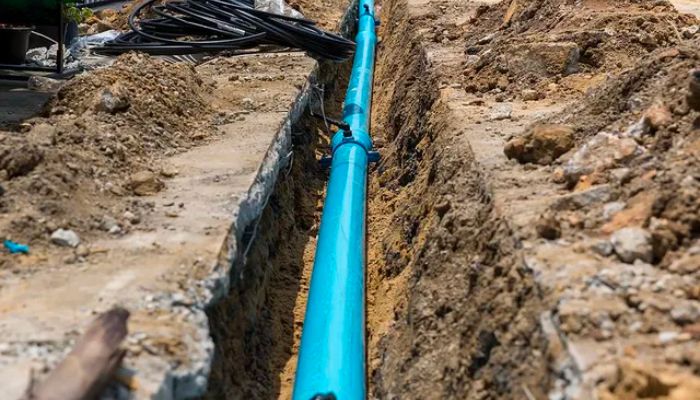
Commercial Buildings: Preserving Business Continuity
For commercial buildings, such as office towers and shopping malls, the stakes are high when it comes to plumbing and structural integrity. A plumbing failure can disrupt business operations, leading to significant financial losses. By employing pipe relining, businesses can address pipe degradation without the need for extensive downtime. Similarly, regular concrete maintenance ensures that the aesthetic and structural aspects of commercial properties are preserved, maintaining a positive image and safe environment for customers and employees alike.
Infrastructure Projects: Ensuring Public Safety
On a larger scale, infrastructure projects like bridges, tunnels, and public utilities benefit immensely from the combined approach of pipe relining and concrete maintenance. These projects are critical to public safety and require regular upkeep to prevent catastrophic failures. Relining aging water mains and sewer lines within these structures prevents leaks that could lead to erosion or weakening of the concrete. Meanwhile, concrete maintenance ensures that these vital structures can withstand environmental stresses and continue to serve the public effectively.
The Future of Building Maintenance
As we look to the future, the integration of pipe relining and concrete maintenance is set to become even more sophisticated, driven by advancements in technology and a growing emphasis on sustainability.
Technological Innovations
Emerging technologies, such as smart sensors and drones, are revolutionizing the way we approach building maintenance. Sensors embedded in concrete structures can monitor for signs of deterioration or water ingress, enabling early intervention. Drones, on the other hand, can inspect hard-to-reach areas for signs of damage. These technologies, combined with advanced pipe relining techniques, will allow for more precise, efficient, and less invasive maintenance procedures.
Sustainability and Green Building Practices
Sustainability is becoming a central consideration in building maintenance, with an increasing focus on green building practices. Pipe relining and concrete maintenance align well with these principles, as they extend the life of existing structures without the need for extensive demolition and reconstruction. Future developments in these fields are likely to emphasize eco-friendly materials and processes, further reducing the environmental impact of building maintenance.
Conclusion
The synergy between pipe relining and concrete maintenance is a cornerstone of modern building upkeep, offering a proactive approach to preventing plumbing disasters and ensuring structural integrity. As we have seen through real-world applications, these techniques are indispensable across various sectors, safeguarding our homes, workplaces, and public infrastructure. Looking ahead, the integration of technological innovations and a commitment to sustainability promise to enhance these maintenance strategies further, ensuring that our buildings are not only safe and functional but also resilient and sustainable for generations to come.
